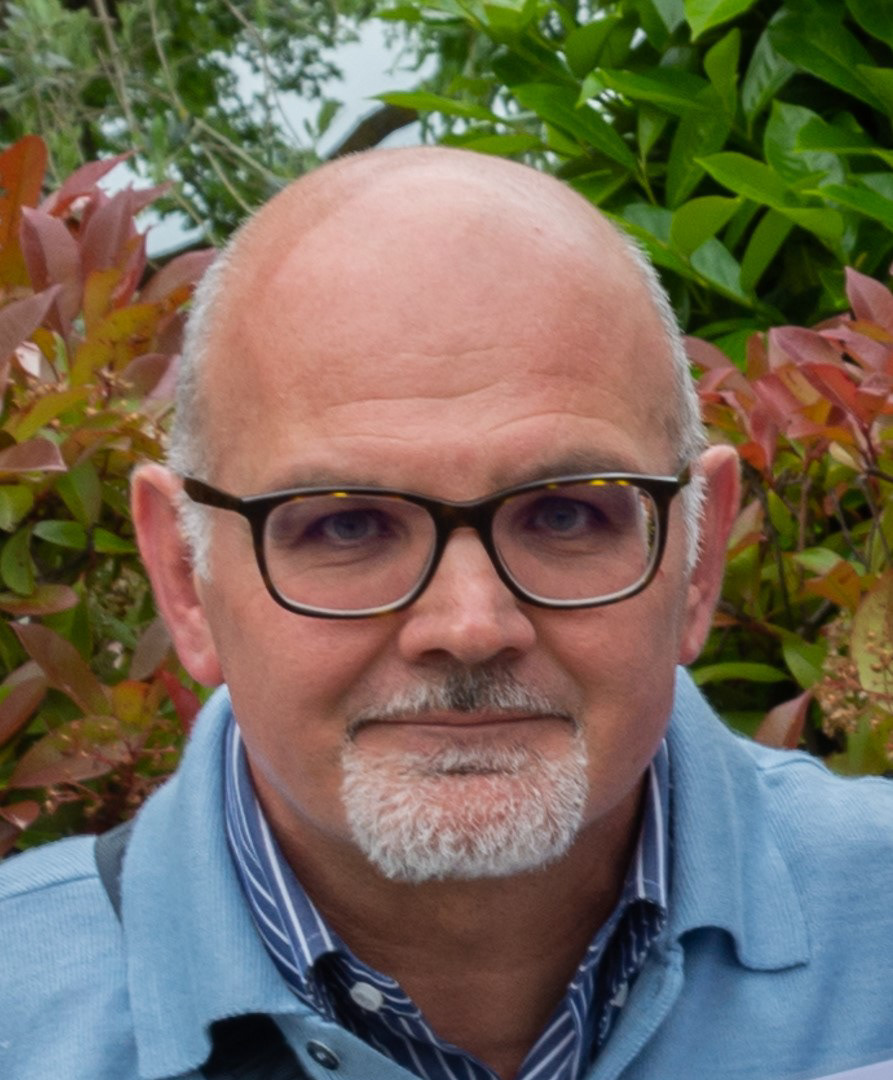Ancona. La Cattedrale di San Ciriaco
2024
The cathedral of Ancona is dedicated to San Ciriaco. It is a medieval church in which the Romanesque style blends with the Byzantine one, evident in the plan and in many decorations
You may also like
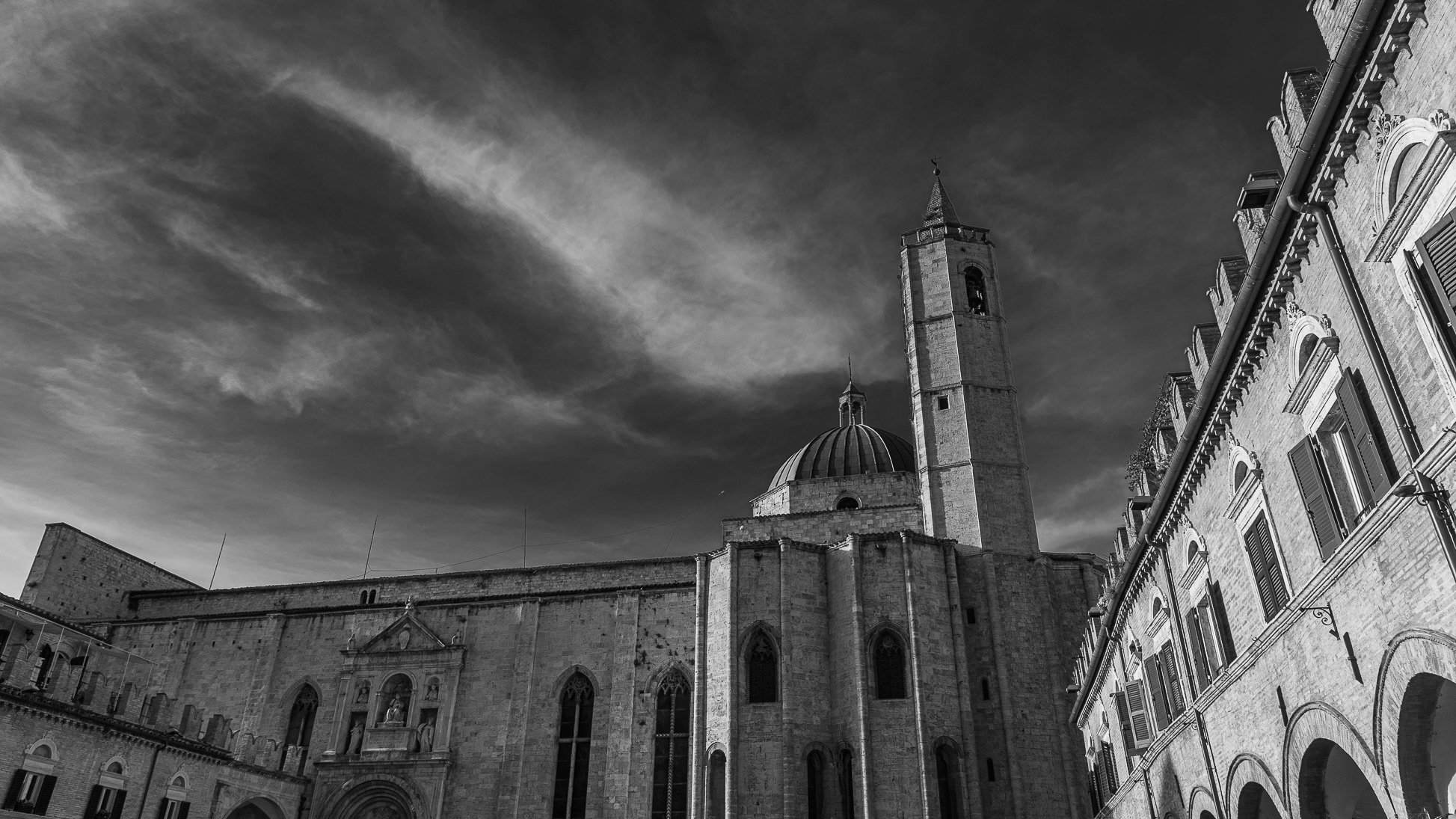
2022
Ascoli Piceno. The Church of San Francesco
This church is considered one of the best Italian works of Franciscan architecture, as well as the most representative Franciscan religious building in the Marche region. It was begun with the adjoining convent in 1258, consecrated in 1371 and completed with the dome in the 16th century. On the main facade, in Via del Trivio, there are three Gothic portals, while the right side acts as a scenic backdrop to the Piazza del Popolo and is characterized by the dynamic fifteenth-century apses, the fourteenth-century side portal surmounted by the monument to Julius II of 1510 and ends with an apsidal group of rare architectural model.
2022
Wonderful view of the Marche hills
The Marche, a region of eastern Italy, rises between the Apennine mountains and the Adriatic Sea.
2022
Recanati. The cathedral of San Flaviano
The church of San Flaviano is the cathedral of Recanati. On 12 June 1805 it was elevated to the dignity of a minor basilica by Pope Pius VI.
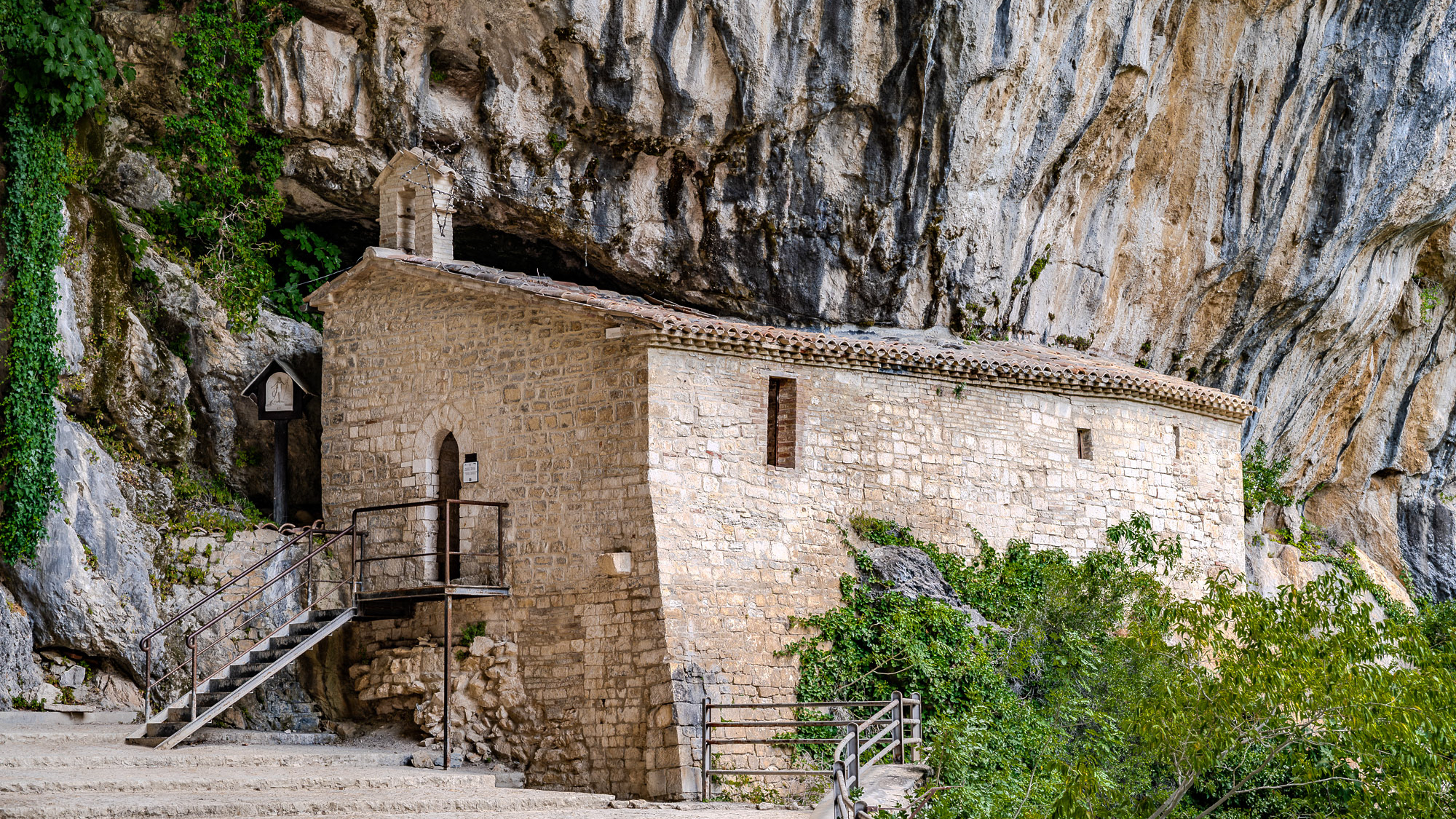
2025
Genga. The Hermitage of S. Maria Infra Saxa
The Hermitage of Santa Maria Infra Saxa, home of the cloistered Benedictine nuns who lived on nearby Monte Ginguno in the Monasterium Sanctae Mariae Bucca sassorum since 1029.
2025
Montedinove. Glimpses bn
Montedinove is an Italian municipality with 442 inhabitants in the province of Ascoli Piceno in the Marche region. The town sits on a hill 561 meters above sea level between the Aso and Tesino valleys, on the slopes of Mount Ascensione. It is part of the Sibillini mountain community. The town, inhabited since the Picene era, welcomed the people of Ascoli seeking refuge from the Lombards in 578. Later, the territory was donated in 1039 by Longinus to the Abbey of Farfa, and it was the people of Farfa who built the fortifications to defend the town. In 1239, the town was besieged by King Enzo but managed to emerge victorious after two years. In 1279, the town became a free municipality, while in 1586, under Pope Sixtus V, it became part of the Presidiato di Montalto. In the following centuries Montedinove followed the fate of the Papal States and Italy.

2020
Rotella. Hermitage of San Francesco
In the territory of Poggio Canoso, along the road from Rotella to the Ascension mountain, there is an ancient convent, one of the first Franciscan hermitages built in the region. Tradition has it that it was San Francesco himself, perhaps bringing back everything that was already existing Benedictine, to choose the place that would host his convent and remain there for a night. The convent of Poggio Canoso was suppressed on 18 December 1653. After the uncertainties about its use, the convent finally received the attention it deserved and from 1989 to 2009 it was the seat of the "Meeting Community" of Don Pierino Gelmini. The boys, guests of the center, with precise and assiduous work, managed to restore the church, the cloister and all the ancient Franciscan structures to the splendors of the times of the conventual fathers.
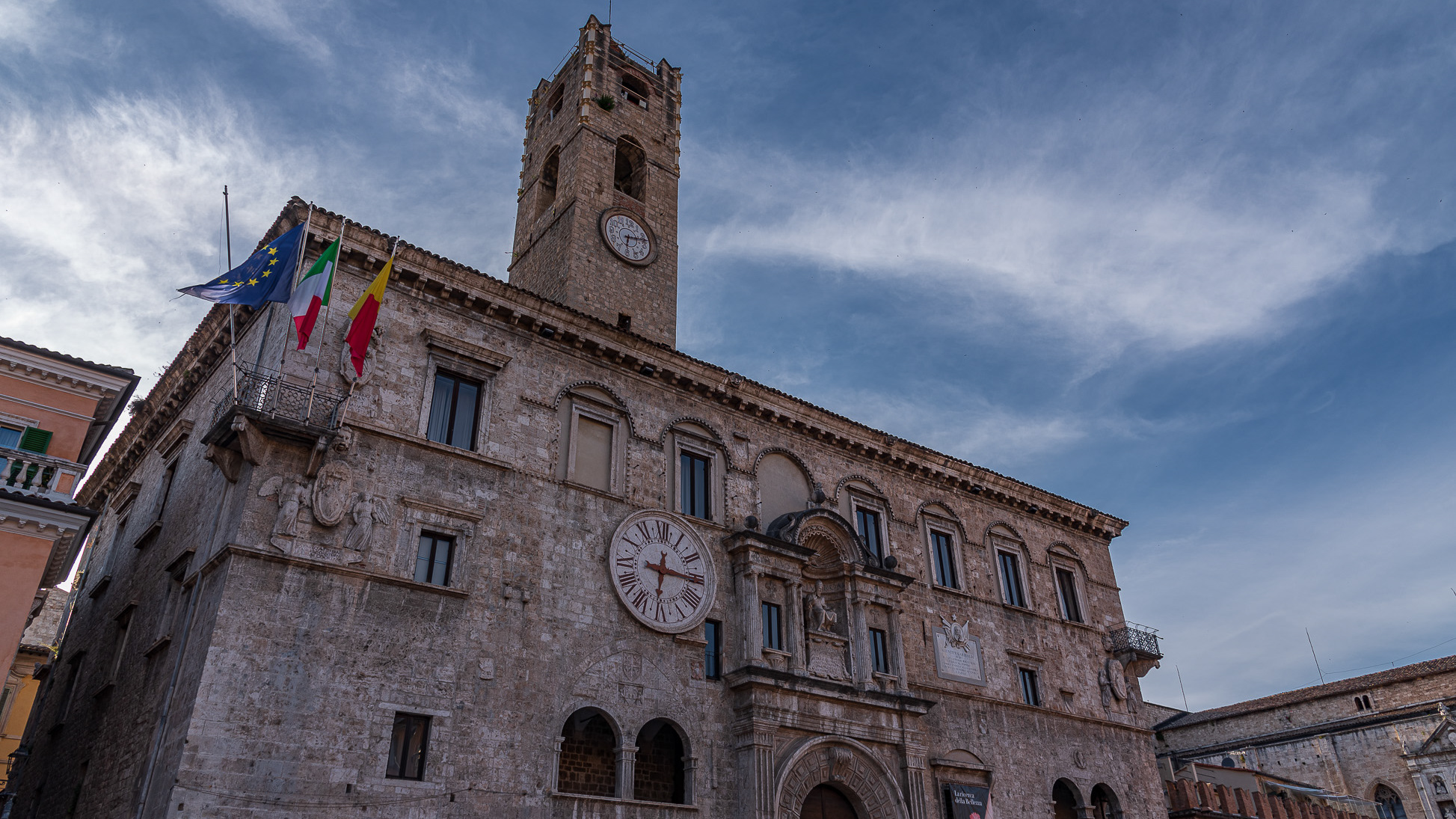
2022
Ascoli Piceno. The Palazzo dei Capitani del Popolo
Overlooking Piazza del Popolo, it stands out for its elegant medieval crenellated tower next to the historic Meletti café. Built between the 13th and 14th centuries from the union of three small buildings separated by two rue, one of which was equipped with a tower which was later reused, it was remodeled following the fire that almost entirely destroyed the interior in 1535. The central portal, preceded by a staircase and surmounted by the monument to Paul III, the courtyard with three orders of loggias and the staircase, the latter built by Camillo Merli around 1550, date back to that period.
2025
Marche, spectacular view and sunset
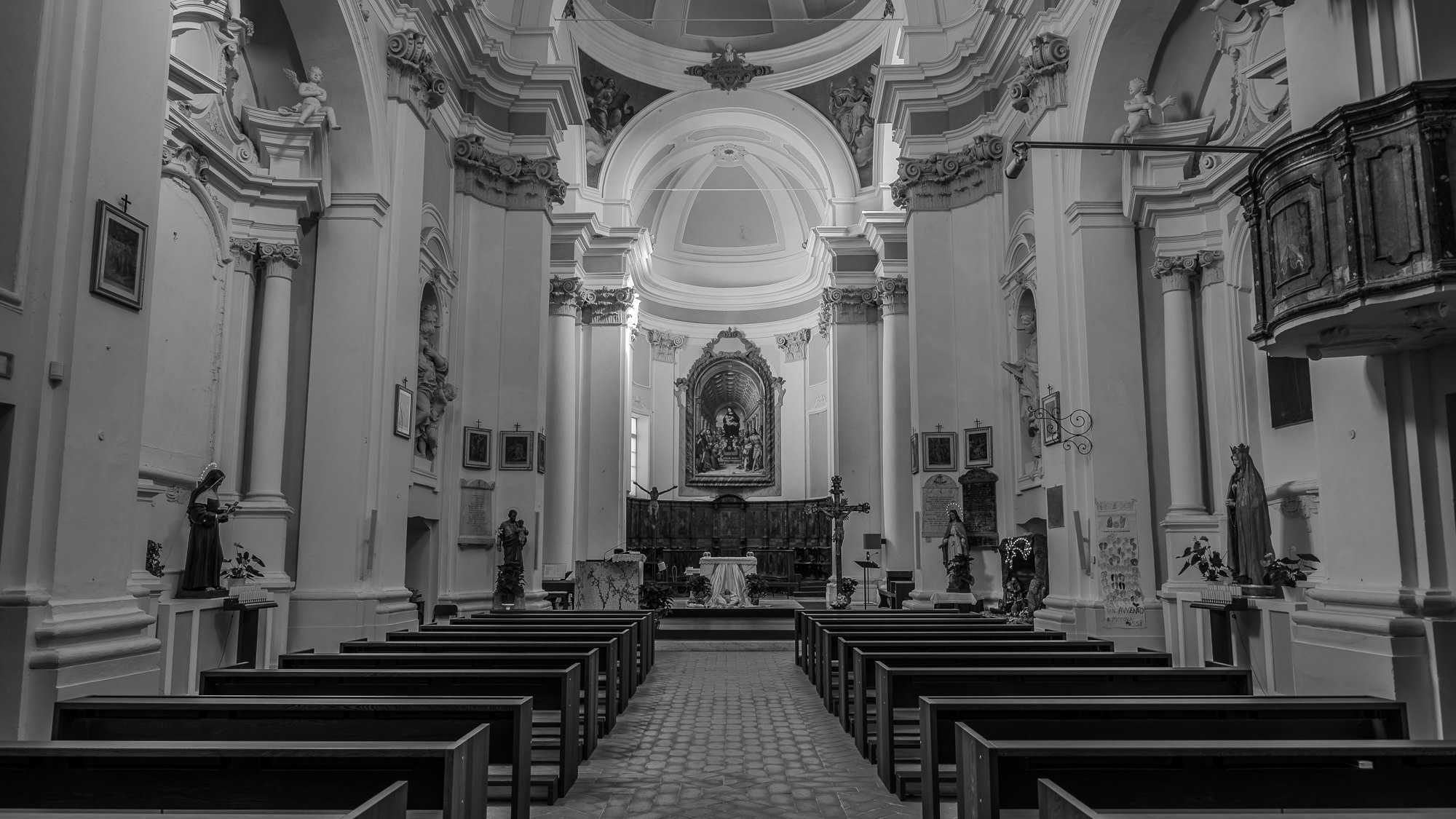
2024
Montelupone. Church of San Francesco
Built in the 13th century, it has a Romanesque style exterior and a late Baroque interior, and also houses many works of art.
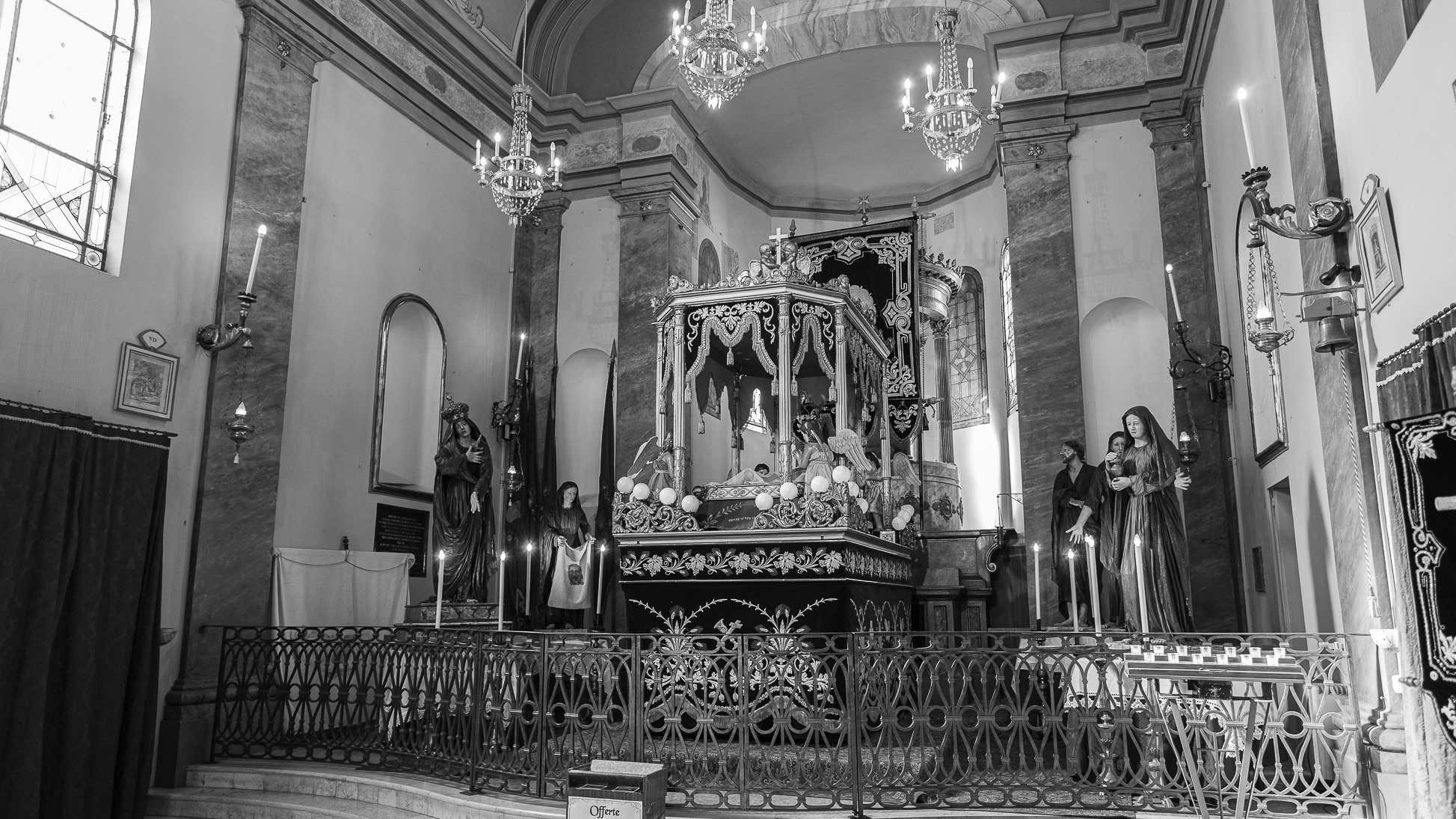
2022
Offida, Ascoli Piceno. The church of the Addolorata
The church of the Addolorata was built in the century XV. The façade is characterized by a portico above which, leaning against the wall, there are two elegant sixteenth-century stone windows. Inside the church there is the "Bara" (as the chariot with canopy where the statue of the Dead Christ is placed) is commonly called, which is triumphantly carried in procession on the evening of Good Friday.
